Search
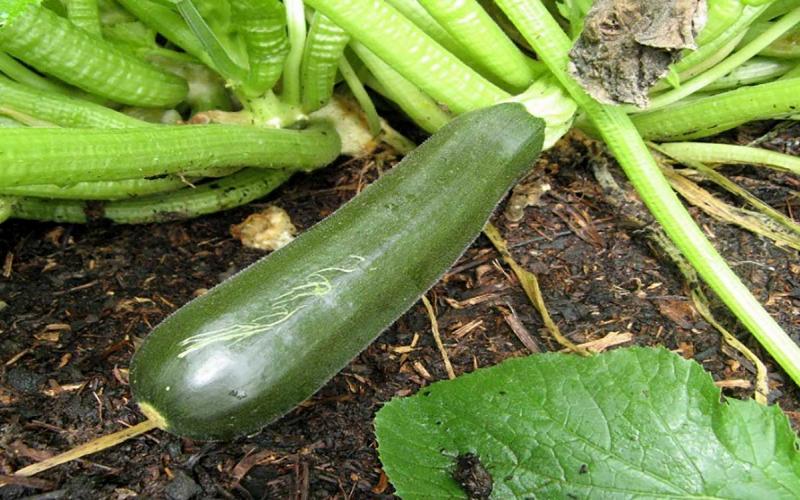
Summer Squash: How to Grow It
There are many types of summer squash, including the familiar zucchini (which can be green, green-striped, or yellow), crookneck, straightneck, patty pan and more.
SDSU Extension to Host Sustaining the Legacy Virtual Conference
November 13, 2020
SDSU Extension will host a Sustaining the Legacy virtual conference on December 2, 9 and 16 from 6:30 p.m. to 9:30 p.m. CST each evening.
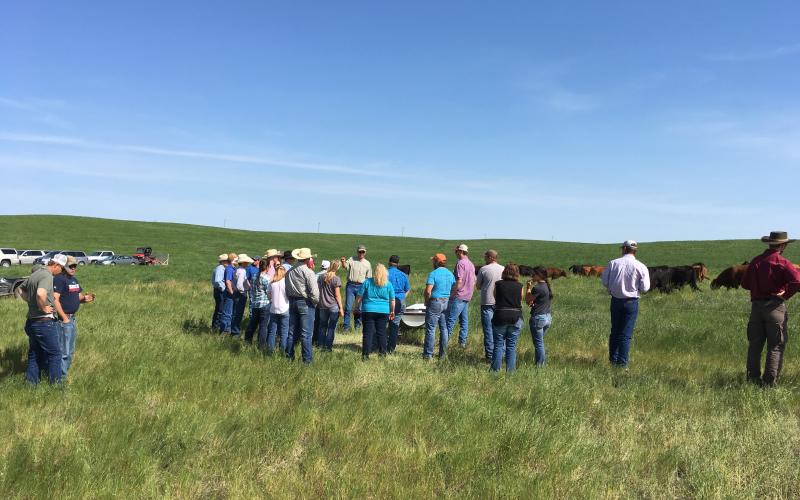
SDSU Extension beefSD Team Awarded $600,000 Beginning Farmer and Rancher Development Program Grant
November 13, 2020
On September 24, the United States Department of Agriculture’s National Institute of Food and Agriculture (NIFA) announced grant investments of more than $53 million across three unique programs for U.S. farmers, ranchers and military veterans to support American agriculture.
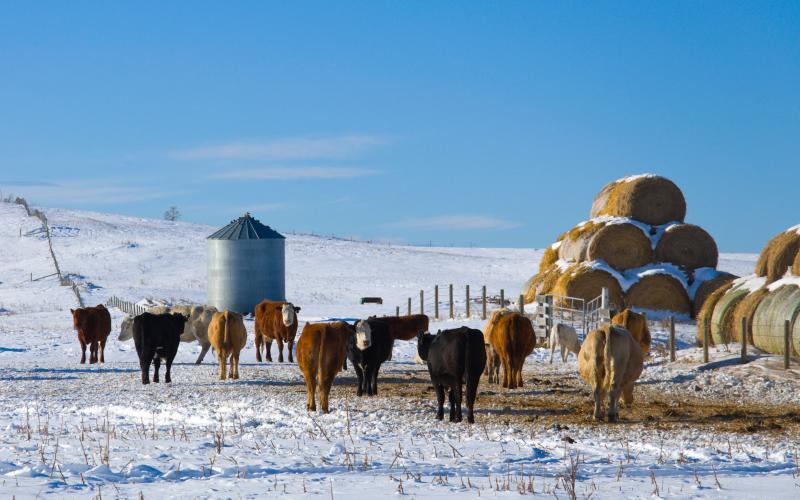
SDSU Extension Selects Participants for Class 5 of beefSD Program
November 13, 2020
SDSU Extension has selected participants to partake in Class 5 of the beefSD program.
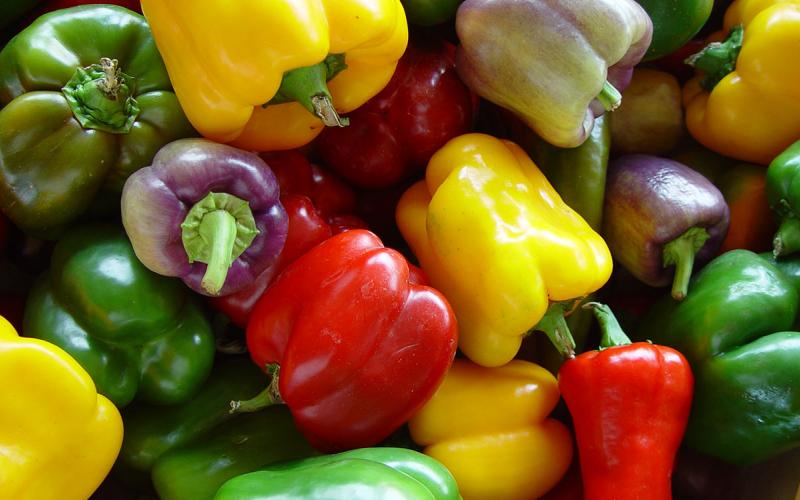
Peppers: How to Grow It
Peppers are heat-loving vegetables that require a long, frost-free season and full sun. Peppers can be sweet or hot, and range in color from green, yellow, orange, red and purple to brown.

Keep Moving This Holiday Season
As we transition into the busy holiday season, it can be challenging to stay active. However, staying physically active during the winter months is just as important as any other time of the year.

Thanksgiving-Themed Workout
This Thanksgiving, try a fun-themed workout to help you stay active and give thanks for fitness. This 20-minute, Thanksgiving-themed workout is something you can do with family or on your own—all you need is a timer.
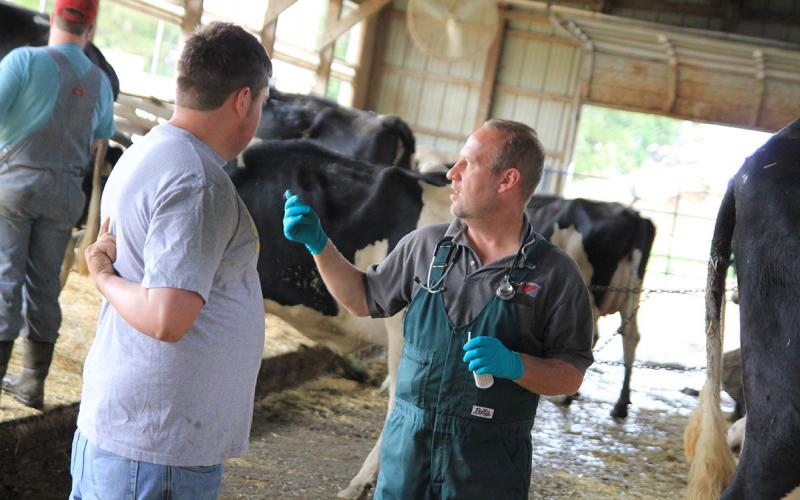
Coaching vs. Evaluations To Improve Ag Employee Performance
One of the most difficult things farm managers have to master is coaching employees. Using appropriate coaching methods with employees will help you as a manager to achieve the desired employee performance you are looking for in your operation.
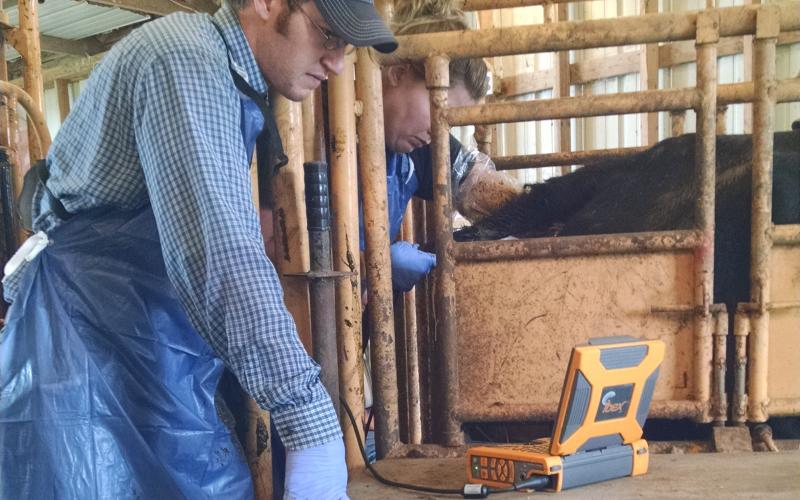
Preg-Checking Decisions
There is much value in preg-checking spring-calving cow herds in the fall. The most common is to cull open cows from the herd. The second reason would be to reduce the number of late calving cows in the herd.
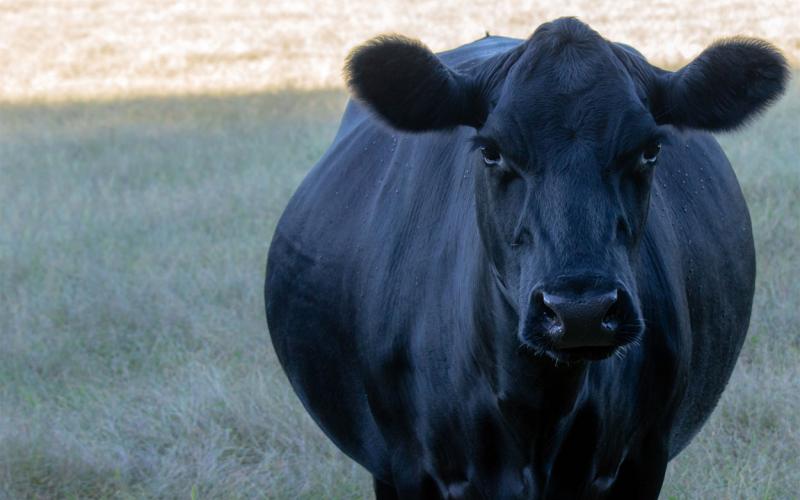
Late Gestation Planning Prior to Calving
For most, weaning is in the books and pregnancy detection is complete or soon to be underway. Now is the time to pay attention to those pregnant cows out on crop residue or grass.